Following a first post in which we explored exhibitions in the digital environment, we have now collected several examples of what has been done purely in the virtual sphere. That is, those individual or collective projects that have no physical counterpart in a curated exhibition or a museum collection. Chronologically, each shows a relevancy, innovation and sense of awareness of the evolution of virtual exhibitions and its possibilities. Here is a proposal of a selection. What’s yours?

A virtual exhibition that comes, strangely enough from an artist known for her large-scale physical representations: Jenny Holzer is famous for her use of words and short captions on different materials as a way to research and question public space. But in 1994, she developed Please Change Beliefs for adaweb, the web space created by Benjamin Weil. PCB was one of the first projects of an international artist in the collaborative art sphere. Holzer presents a series of “Truisms” or “truths” that are voted and / or modified by the visitor. Recently, the artist has used social networks to sustain this project. Twitter offers Holzer another window to explore PCB.
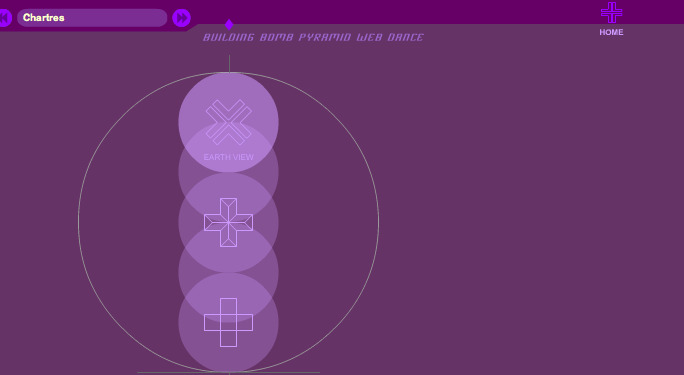
The nonprofit media art platform Rhizome.org has been organizing exhibitions, programs, discussions and essay material about contemporary art and new technologies since 1996. In 2005 the group blacknetart, formed by Mendi and Keith Obadike curated the project Ya heard, which shows the relationship between new technologies and sound art. The intersection of art and sound art network is intensively explored in this exhibition at Rhizome. The artists question the limits of a medium (Internet), that curators consider “visual, literary and aural”. Art made for the net can be linked with some or all of these elements, while, at the same time, online space is turned into an open field for the exploration and creation of sound.
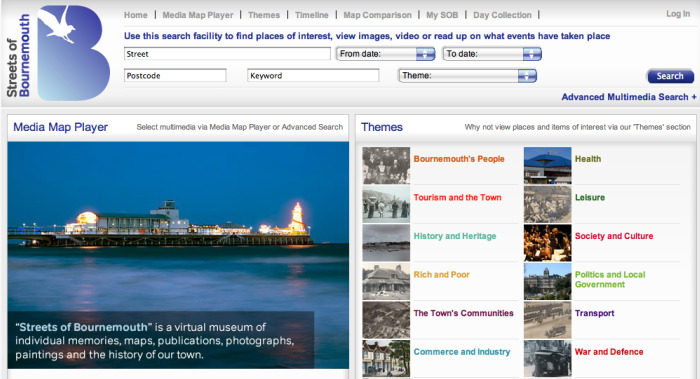
In recent years, the value of memory and the vindication of the role of personal history has become increasingly stronger in the definitions of the city and its voices. The Streets of Bournemouth initiative, which begun in 2008, is an example of online archival memory that transcends mere documentary value and exposure and is conceived as a virtual museum: the collected video files, audio and cartographic material end up composing a city and its history.
The work, which is collaborative, interactive and in constant evolution, draws both on material from citizens and the historical archives of the city and is called to be an interesting way about the possibilities for exploring the historical heritage, the options offered by the web and also to generate debates about public space and its agents.
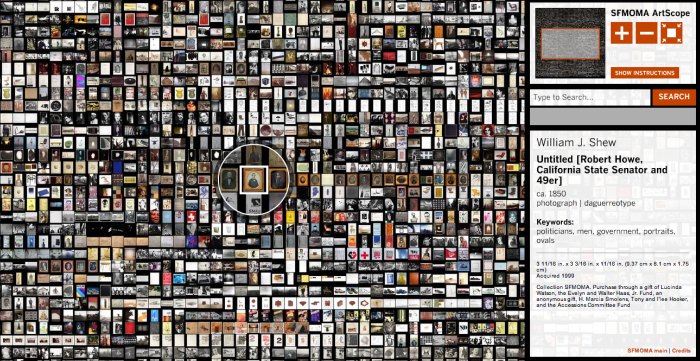
Strictly considering the museum field only, the Artscope project at MOMA San Francisco, has become an excellent example of how a big institution has committed to the exploration of a virtual catalog. Artscope is included because even though the works of art exists as objects, there is no physical counterpart of Artscope outside the virtual sphere. The catalog of 4860 works is offered here as a 2.0 mosaic in all its splendor, for visitors to navigate and explore as you prefer: by author, work or keyword.


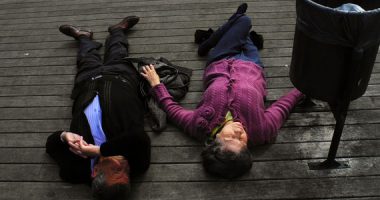
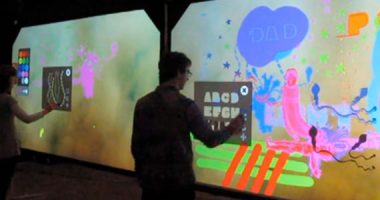
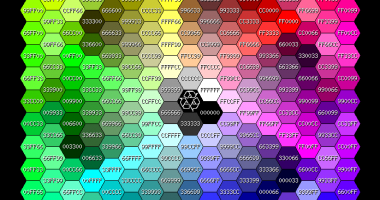
Geo | 06 October 2010
Muy interesantes me han parecido todas estas muestras de arte virtual. Evidentemente las nuevas tecnologías ocupan cada vez más espacios sociales, habría que considerar hasta qué punto se conforman otra sociedad aparte de la real-vivida, paralela o imbricada. He recordado un experimento artísitico que incluye software art creando una especie de ecosistema artificial, algo a la vez artísitico-tecnológico y muy lúdico. http://www.fundacion.telefonica.com/arteytecnologia/certamen_vida/es/vida12/metabiosis.htm
Tuvo una mención especial en una convocatoria anterior del certamen Arte y Vida Artificial, que justamente ahora está abierta la nueva convocatoria, con importantes incentivos a la producción iberoamericana. Si alguien tiene algún proyecto en mente que quiera llevar a cabo, yo no dudaba en echarle un vistazo a la página! 🙂
Pedro Torres | 07 November 2010
Una nueva plataforma para exposiciones online: http://www.stuffinablank.com.
Es un proyecto mío (Pedro Torres – artista y comisario independiente) donde se van publicando exposiciones online, además de convocatorias y colaboraciones con otros comisarios, galerías y festivales. Es una manera de producir nuevas exposiciones, otra manera de accederlas y otra relación del público con las obras. Espero poder seguir ofreciendo interesantes contenidos y aumentar el alcance del proyecto y la difusión de los artistas. Queda la invitación para que visitéis la web y veáis las distintas exposiciones actualmente online.
Leave a comment